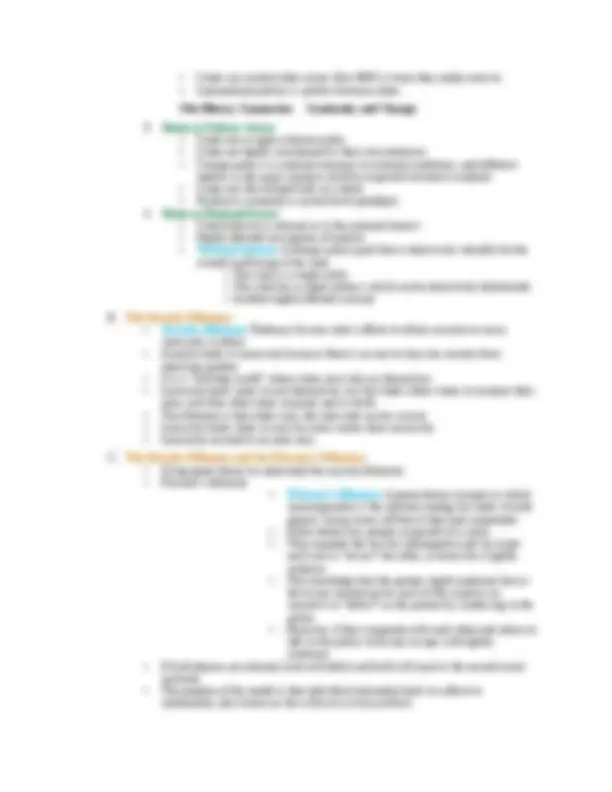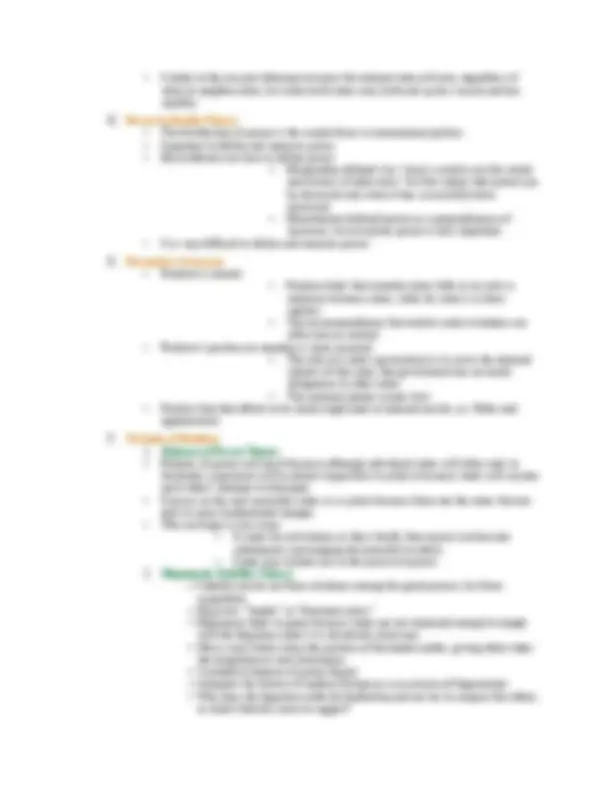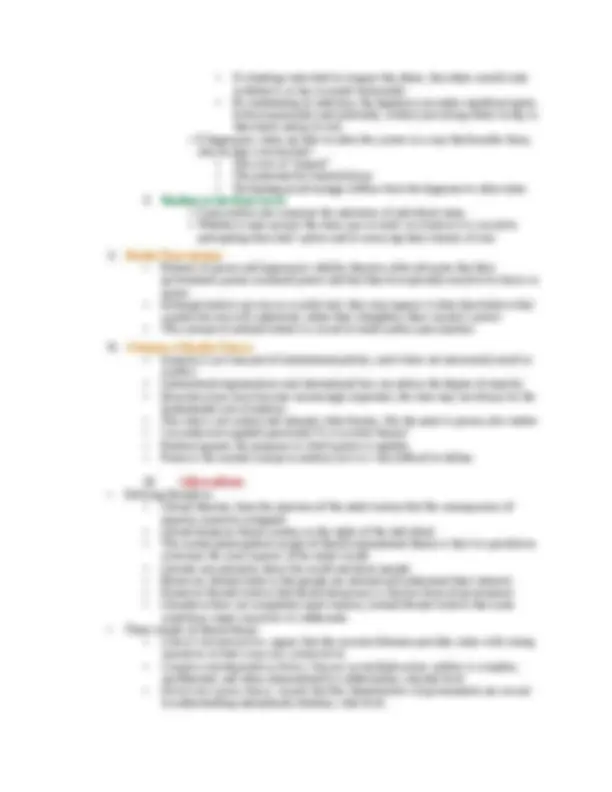





Study with the several resources on Docsity

Earn points by helping other students or get them with a premium plan


Prepare for your exams
Study with the several resources on Docsity

Earn points to download
Earn points by helping other students or get them with a premium plan
Community
Ask the community for help and clear up your study doubts
Discover the best universities in your country according to Docsity users
Free resources
Download our free guides on studying techniques, anxiety management strategies, and thesis advice from Docsity tutors
Theories of international relation complete noted
Typology: Lecture notes
1 / 7

This page cannot be seen from the preview
Don't miss anything!




After completing this chapter, you should be able to...
This chapter examines realism and liberalism, which are two of the major paradigms of international relations.
Realism focuses on the problems of international conflict. All realist theories share four central assumptions. First, realism places immense emphasis on the idea that international politics is anarchic. An anarchic system creates a security dilemma, where states are forced to arm themselves, but this can lead to an arms race. A second assumption of realism is that states are the central actors in international politics. Third, realists view states as unitary actors or as a single coherent entity. Fourth, realists assume that state behavior is rational. Within the realist paradigm, it is also important to understand that the distribution of power is the most important force in international politics. Because power plays a central role in realist theories, defining and measuring power are critical. Both military power and economic power are important to any understanding of realism. One variant of realism is balance of power theory, which suggests that power will be relatively evenly distributed in the world because states will counter each other’s attempts to dominate.
Another variant of realism is hegemonic stability theory. This theory contradicts balance of power theory because it argues that stability results not from a balance among the great powers, but from unipolarity where one dominant state ensures some degree of order in the system.
Realism is criticized for a variety of reasons. First, some believe that anarchy is simply an historical circumstance, which may now be replaced by another condition. Second, some believe that it is no longer valid to focus exclusively on the state, because nonstate actors are becoming increasingly important. A third criticism focuses on the assumption that the state is unitary and rational. Many reject this hypothesis, arguing instead that there are many different variables that influence a state’s foreign policy.
Liberalism is another major paradigm within international relations. Liberalism centers on the rights of the individual, arguing that individuals can overcome the worst aspects of the realist world. The most prominent assumption shared by all liberals is that people are rational and understand their interests. In this chapter, we focus on three different strands of liberal theory. They are liberal institutionalism, complex interdependence theory, and the democratic peace theory.
Liberal institutionalism shares the realist assumptions about anarchy and the central importance of states, but argues that institutions can be used to overcome the worst aspects of anarchy. Liberal institutionalism finds that because anarchy breeds insecurity, states have an incentive to overcome anarchy in certain areas. Complex interdependence theory differs from liberal institutionalism primarily in that it recognizes substrate entities, such as individuals, firms, nongovernmental organizations, and government agencies as key actors in international politics. Within this theory, there are three essential traits. First, multiple channels connect societies. Second, there is no clear hierarchy of issues. Third, military force is often not considered a viable tool of policy.
Democratic peace theory focuses on a state’s form of government, arguing that that the characteristics of governments are crucial to understanding international relations. This theory will be discussed more in a later chapter. Liberalism is much more optimistic than realism, believing that states can overcome the anarchic system through collaboration and cooperation. Liberals deem that progress is possible; and if the perils and problems of anarchy can be overcome through collaboration, then liberals believe that leaders should attempt to achieve those benefits. Liberals reject the realist notion that progress in international affairs is impossible, whereas realists see the system as unchanging and they argue that efforts at collaboration are a mistake that states will eventually regret.
II. Realism A. Central Assumptions
D. Power in Realist Theory
E. Normative Concerns
F. Variants of Realism
G. Realist Prescriptions
H. Critiques of Realist Theory
III. Liberalism
The Geography Connection The Internet and Complex Interdependence Theory
C. Liberalism’s Normative Position
D. The Realist Reply